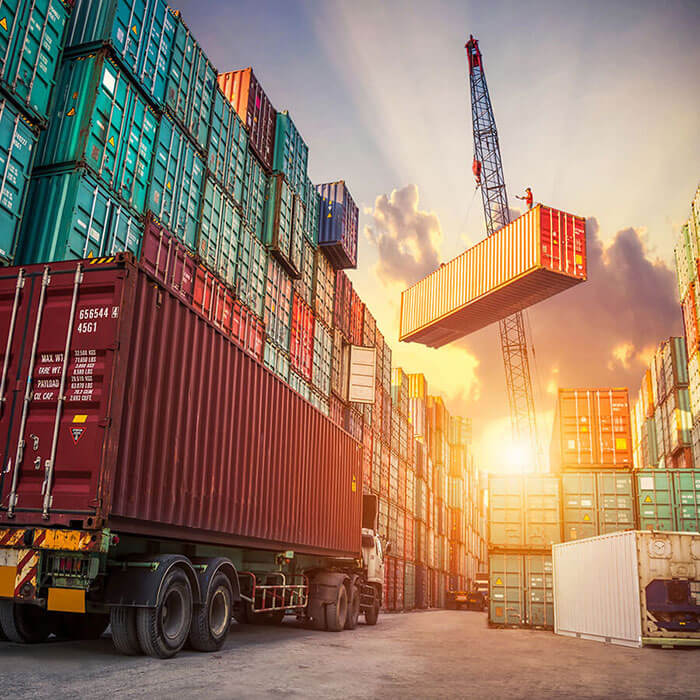
China continues to be a global leader in manufacturing, making it a go-to destination for product sourcing in 2025. With advancements in technology, stricter compliance standards, and evolving trade dynamics, it’s important to adapt your sourcing strategies for success. This guide outlines the key steps and best practices for sourcing products from China effectively in 2025.
Step 1: Define Your Product Requirements
Before starting, clearly outline your product specifications, including:
Dimensions, materials, and functionality.
Packaging and labeling requirements.
Quantity and lead time expectations.
Having a detailed product brief ensures that potential suppliers understand your needs and can meet your expectations.
Step 2: Identify Reliable Suppliers
Finding the right supplier is critical. Use these platforms and methods:
Online Marketplaces: Platforms like Alibaba, Made-in-China, and Global Sources remain popular for finding manufacturers.
Trade Shows: Events like the Canton Fair offer direct access to suppliers and new products.
Sourcing Agents: Local experts can vet suppliers, negotiate terms, and oversee quality control on your behalf.
Tip: In 2025, AI-driven sourcing platforms are gaining popularity. These tools use advanced algorithms to match buyers with verified suppliers based on detailed criteria.
Step 3: Verify Suppliers
Due diligence is crucial to avoid scams and low-quality suppliers.
Check Credentials: Verify business licenses, certifications, and factory audit reports.
Request References: Ask for client references or examples of past work.
Visit Factories (Virtually or In-Person): Many suppliers now offer virtual factory tours via live video calls, saving time and travel costs.
Step 4: Negotiate Terms
Negotiation is a critical skill for getting the best deal. Focus on:
Pricing: Secure competitive quotes without compromising quality.
Minimum Order Quantities (MOQs): Negotiate lower MOQs if you’re starting small.
Payment Terms: Consider secure payment methods like escrow services or letter of credit (L/C).
Step 5: Ensure Quality Control
Quality issues can derail your plans. Protect your investment with:
Pre-Production Samples: Review prototypes before mass production begins.
On-Site Inspections: Hire third-party inspection agencies to verify production quality at different stages.
Pre-Shipment Inspections: Ensure products meet your specifications before they leave the factory.
Step 6: Understand Compliance Requirements
2025 brings stricter compliance standards for international trade. Ensure your products meet:
Regulatory Requirements: Compliance with destination country standards (e.g., CE, FDA, or RoHS certifications).
Sustainability Standards: Eco-friendly practices and materials are increasingly demanded by global consumers.
Customs Documentation: Accurate HS codes, invoices, and certificates are essential to avoid delays or penalties.
Step 7: Optimize Logistics and Shipping
Shipping costs and delays can impact profitability.
Choose the Right Mode: Opt for air freight for urgent shipments or sea freight for cost savings.
Work with Freight Forwarders: They handle customs clearance, documentation, and delivery to your location.
Track Shipments: Use modern logistics software to monitor shipments in real-time.
Step 8: Build Long-Term Relationships
Strong supplier relationships can lead to better pricing, priority service, and customized solutions. Communicate regularly, pay on time, and show appreciation for good service.
Step 9: Leverage Technology and AI
In 2025, technology plays a pivotal role in product sourcing:
AI Analytics: Use tools that analyze supplier performance and pricing trends.
Blockchain: Ensures transparency and traceability in the supply chain.
Virtual Reality (VR): Enables immersive factory visits and product demonstrations remotely.
Step 10: Prepare for Contingencies
Global trade can be unpredictable. Mitigate risks by:
Diversifying suppliers to avoid over-reliance on a single source.
Keeping backup stock to prevent disruptions.
Staying updated on geopolitical changes, tariffs, and regulations.
Conclusion
Sourcing from China in 2025 offers immense opportunities for businesses of all sizes. By following this guide, you can navigate the complexities of product sourcing, ensure quality, and optimize costs. With the right strategies and tools, China remains a powerful partner for achieving your business goals.
Are you ready to start sourcing? Let us help you streamline the process and find the best suppliers in China!


